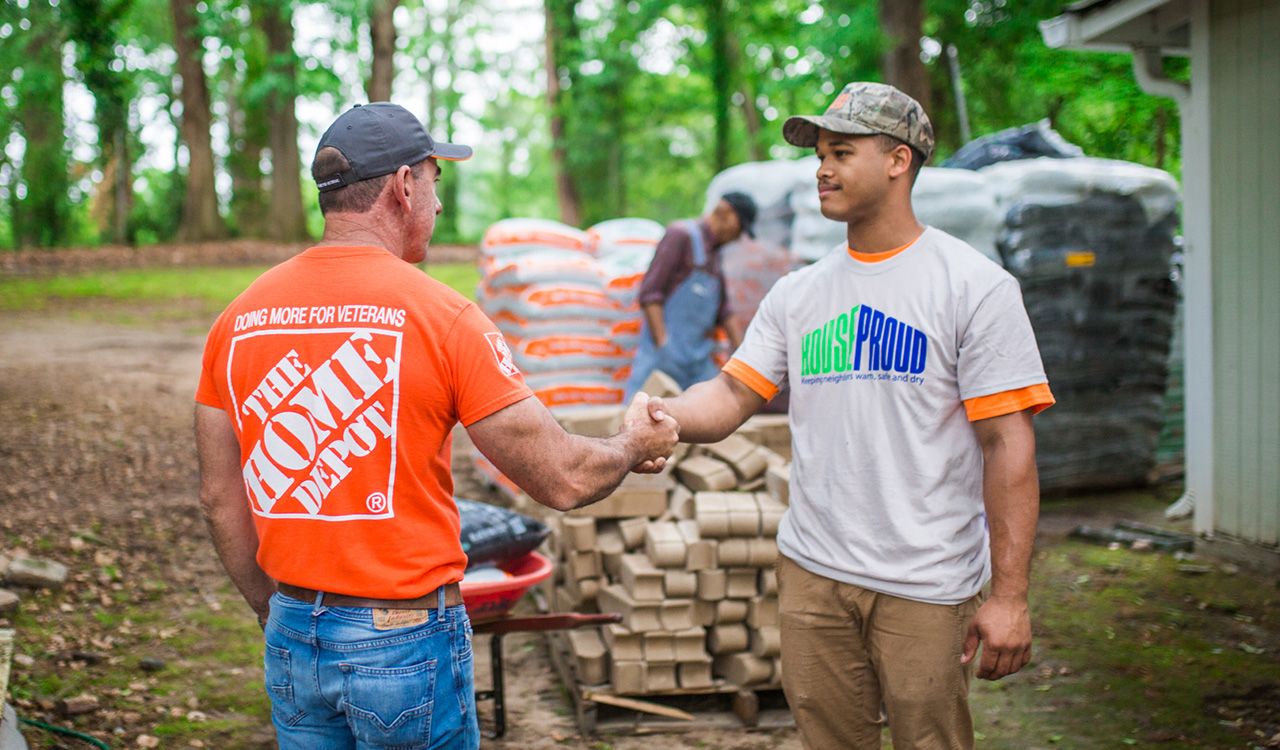Established brands will comprise 79.4 percent of DTC ecommerce sales this year. And that’s not their only advantage: well-known, legacy brands will also grow nine times faster than digitally native vertical brands. Does this data seem out of place with everything you’ve been reading recently about the low threshold of entering the DTC Shopify ecosystem? Let’s give the issue some context.
“A DTC model gives brands more control over their marketing messaging and price points, but that’s not all. Since DTC companies aren’t sold on online marketplaces, there’s less threat of counterfeits successfully masquerading as real products. This means that DTC brands have better brand protection than other retail models. So, what’s stopping customers from buying from new, exciting brands?”
Shopify hosts 65.4 percent of DTC brands in the U.S., making it the leading platform for DTC businesses. Many of these businesses are SMBs that are still in the process of identifying and activating their unique audiences.
In this article, we’ll talk about the advantages of DTC, as well as why so many customers are buying from old stalwarts. Then we’ll talk about the advantages young brands have over legacy DTC companies, and how younger brands can harness the power of these advantages to better compete.
DTC Growth Shows No Signs of Slowing
Last year, there were over 110,000 DTC companies in the U.S. alone. It should come as no surprise, then, that so many new brands are opting for a direct-to-consumer model. DTC brands sell directly to consumers, bypassing wholesalers, online marketplaces, and physical stores. This can mean lower prices for the consumer, higher margins for the brand, and a faster process from the inception of a product idea to end delivery enabling brands to sell products when they’re in peak demand.
A DTC model gives brands more control over their marketing messaging and price points, but that’s not all. Since DTC companies aren’t sold on online marketplaces, there’s less threat of counterfeits successfully masquerading as real products. This means that DTC brands have better brand protection than other retail models. So, what’s stopping customers from buying from new, exciting brands?
Established DTC Brands’ Edge
DTC is booming. A growing 64 percent of consumers made DTC purchases last year. But, as we discussed, nearly 80 percent of DTC sales are still being made from established brands. There are a few reasons for this, which we’ve segmented into four categories.
Disclaimer: If you’re from a young DTC brand, don’t get discouraged when reading this section. We’ll give you actionable tips to harness the advantages of your SMB in the next section!
- Awareness:
We’re living in an era where nearly anyone can start their own brand. You don’t even need a business license to find niche consumers to buy wares on social media. From drop-shipping businesses to hyper-local artisans, consumers have more choices than ever before.
However, the cost of advertising on social media has kept pace with the growth of social commerce. Social media ad spend on sites like Meta and Instagram has skyrocketed, creating a significant barrier to entry for new brands to achieve awareness. New brands have to market their ads to a smaller audience, often incentivizing new customers with steep promotions to drive awareness.
- Trust:
Counterfeits on online marketplaces like Amazon drastically increased during the pandemic. The counterfeit trend shows no signs of slowing as ecommerce transforms into a global marketplace and U.S. consumers turn to companies like SHEIN for cheaper options.
While it’s true that DTC brands don’t sell on third-party marketplaces, it’s gotten significantly harder to earn consumer trust. Nobody likes to be duped so consumers are turning towards verified legacy DTC brands rather than risking it with new companies.
- Price:
The stronger a brand’s shipping infrastructure, the lower it can price its products. Young brands have a higher cost of production. They rarely have the chance to hone in on the lowest-priced raw materials. They also aren’t privy to the same bulk order wholesale deals as larger companies.
CNBC predicts that more than half of 2023 holiday purchases will be discounted items or contain gifts-with-purchase. While this is fine and well for large DTC brands that can implement discounting as part of their overarching sales strategy, smaller brands and young upstarts may struggle to compete.
- Default:
Subscribe and Save, buy again buttons, and lists of recent purchases, oh my! It’s never been easier for customers to repurchase items without a second thought, or to automate how they shop for recurring purchases. This is great news for online DTC brands with an existing customer base. But for smaller brands hoping to build awareness? Not so much.
Newer brands can also offer a Subscribe and Save option. However, before they become the default for customer purchases, young brands need to drive awareness about their unique value proposition.
Five Strategies for New Brands to Beat Goliath
Now for the fun part. The opposite of default is innovation. In this vein, newer brands can quickly make up for what they lack in infrastructure by creating a novel product. They can also make up for what they lack in brand awareness by driving excitement, and then impulse purchasing with their marketing messaging.
But this isn’t the only upside to being small and nimble.
- Build for the Customer
Smaller brands have the ability to source product ideas directly from their core customer base. Take a look at Chomp Brand, a designer-founded apparel company. The former Nike designer/founder, Joshua Aria, takes any two emojis that customers drop on his page and turns it into incredible custom artwork. This innovative approach utilizes user design and user-generated content, activating an online community of passionate brand enthusiasts.
- Small Product Runs
Larger brands have a lot of stakeholders. This isn’t necessarily a bad thing––it can prevent a bevy of snafus that plague young upstarts––but it can translate to a long approval process and significant delays. Small brands can act on trends right away, creating limited edition product runs and collaborations that drive impulse purchasing.
- Pop-Up Stores & Events
Many large DTC companies have incredible corporate social responsibility initiatives; just look at Patagonia, Toms, or even Adidas. What they don’t have, however, is the ability to collaborate with local artisans to create one-of-a-kind products. It’s a common misconception that online-only retailers can’t host local offerings. Customers love experiencing something from a region where they haven’t traveled and, even online, local offerings can be a huge draw.
- Focus on Building Trust
This one is a biggie. Unestablished DTC brands can incentivize reviews by offering customers a percentage off their next purchase for reviewing their products. Honest customer reviews are marketing gold––particularly those accompanied by images or videos of the product in action. Newer brands can quickly build awareness by sharing consumer testimonials, getting listed on Trust Pilot, and quickly addressing any issues that arise on public forums.
- Employee Advocacy
Personalized interactions are wonderful for brand perception, provided, they’re positive. We’re living in a time of chatbots and AI influencers where it’s becoming increasingly challenging for customers to connect with real people at established brands. This isn’t the case with the little guys.
Smaller companies have the advantage of allowing consumers to connect directly with employees on social media. This speaks not only to the efficacy of the product and consumer trust but also to the employee experience––which can earn brands big points with employee-obsessed next-gen consumers.




